How to Plant and Cultivate Chilli
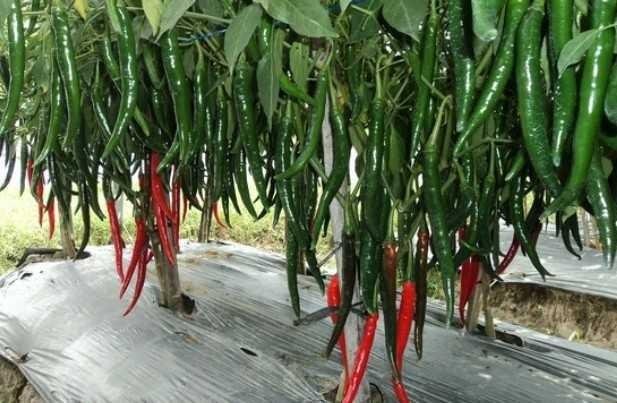
How to Plant and Cultivate Chilli
After knowing the types of chillies that can be cultivated, the next step is to determine the type of chili that is chosen. If it has been chosen, cultivation can begin immediately. Cultivation of red ladies' chillies traditionally includes a range of processes from planting to harvesting to profit and satisfaction. The details of each traditional chili cultivation process will be explained in the following section.
Seed selection
The first way to grow chilies is the selection of seeds. As previously explained, there are many types of chillies that can be used as seedlings. However, seed selection must be done carefully through a series of considerations. The things that must be considered in the selection of seeds include the quality of the seedlings, the suitability of the seedlings with the cultivation location, and of course the economic value, this is how to quickly seed the red chillies. In addition, choose seeds that are easily cultivated but have high economic value. So that the benefits of cultivation can be felt by farmers too.
Nursery
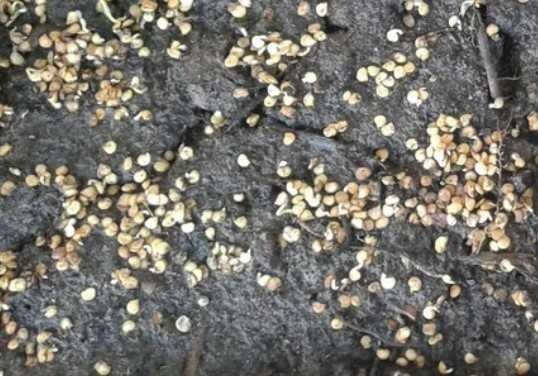
Chilli nurseries are carried out after determining a mature, healthy and disease-free broodstock. If so, cut the ends of the chili until the remaining part of the body is left. Cut the chili body into two parts. Open the chili body and take the seeds. Dry the chilli seeds in a place that is exposed to direct sunlight. The seed drying period is approximately three days. After three days of seeding, you can proceed to the nursery process. If you do not do these tips, the cayenne pepper seeds are not healthy.
Nursery
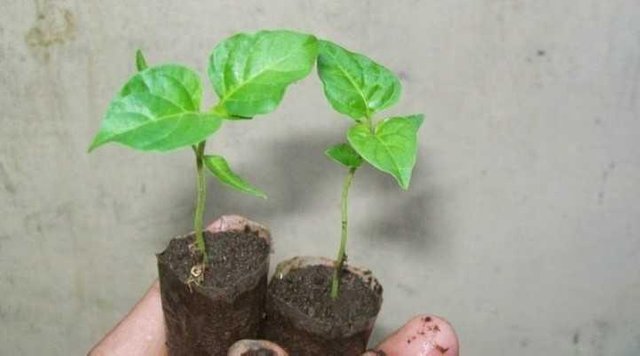
Chilli seeds that have been dried are ready for sowing. Seeding begins with soaking the seeds in warm water for one day and one night. Immersion water is a root stimulant solution to show the most quality seeds. After passing the immersion period, choose the seeds that settle in and remove the floating seeds. The sedimentary seeds are then stored in a wet cloth and must be stored for one more night. While waiting, farmers can prepare nursery media. Nursery media can be used for soil that has been grazed and made from a mixture of soil and manure. The comparison is 1: 1. If so, the seeds are ready to be sown by entering them one by one and covered with the same soil as before. Give nursery care until the leaves appear perfectly as many as four. After that the chilli seeds can be transferred to the planting medium.
Planting
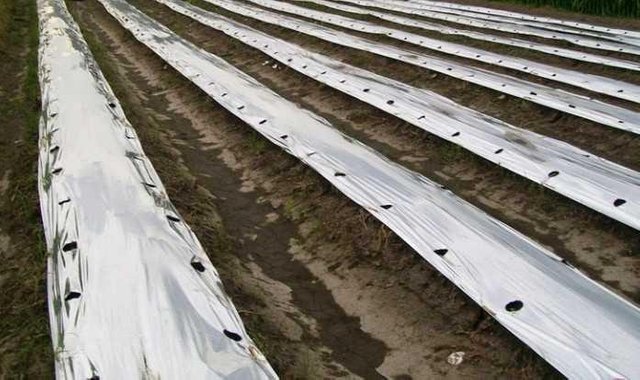
How to grow chillies that are good in the garden or in the fields. In the process of planting chillies, planting media is needed. How to process the soil for cayenne so that the thick fruit will be explained here. The planting medium used depends on the type of cultivation used. Is red land good for tanami chili? In the traditional cultivation type, the preparation of planting media can be done by soil blending, pH adjustment, and the addition of fertilizer for nutrient content. The minimum planting medium is ready to be processed about two weeks before planting and one week before it must be doused with a growth stimulating solution. The method of planting is done by making holes in the planting medium. Put the seeds into the holes that have been provided and close again with the same planting medium. After that, regular and regular maintenance must be carried out for the continued growth of chillies.
Irrigation
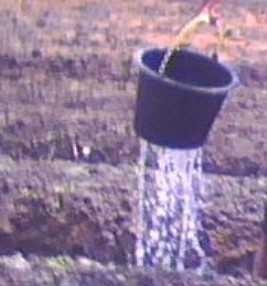
One form of treatment of chilli plants is by irrigation. Chilli plants actually do not require too much water. In normal conditions enough irrigation is given every three days. However, if it is indeed in extreme drought conditions, irrigation can be done once a day. Likewise if in weather conditions in the rainy season, it is not necessary to do irrigation. Because excess or lack of water is not good for chili plants.
Fertilization
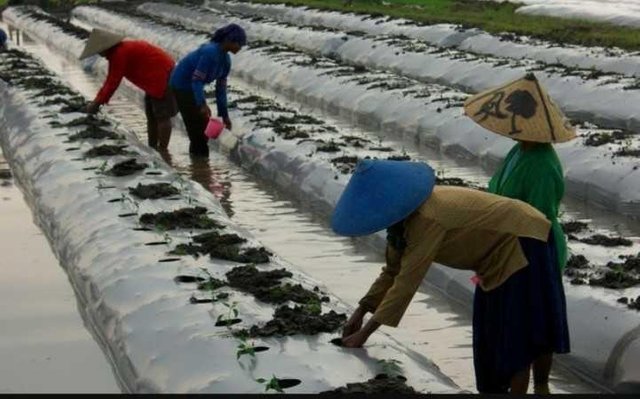
Another form of treatment for chili plants is by fertilizing. Chilli plants need fertilizer to support and fulfill the nutritional needs for growth. Fertilizers that are suitable for chili plants are compost or NPK fertilizer. However, it should be given with a suitable dose. Give around one piece for one month and give it once a month. If the chilli that you want to develop is organic chili, then use liquid organic fertilizer. Provision of liquid organic fertilizer is given by spraying during important times of leaf and fruit growth.
Harvest
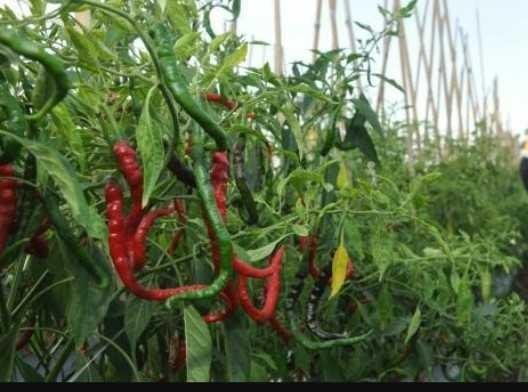
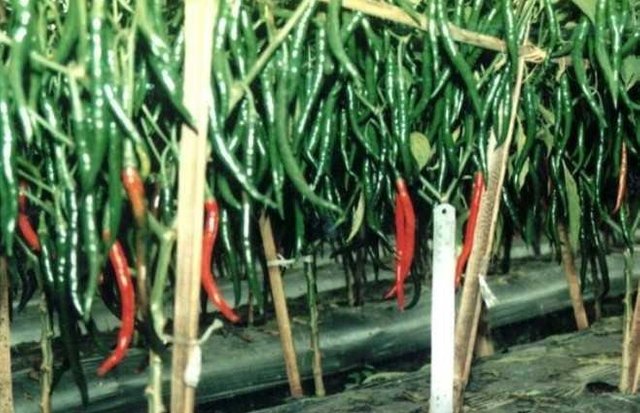
The harvest period of chilli plants is shown by the characteristics of the red fruit. Harvest chillies in the morning when chili is still in fresh condition. After the first harvest, the next harvest can be done every 6 to 7 days. After harvesting chili can be stored until two days after harvest. After being harvested, chili can be sold according to the selling price per kilogram and the farmer can benefit from the sale.
Upvoted.
DISCLAIMER: Your post is upvoted based on curation algorithm configured to find good articles e.g. stories, arts, photography, health, etc. This is to reward you (authors) for sharing good content using the Steem platform especially newbies.
If you're a dolphin or whales, and wish not to be included in future selection, please let me know so I can exclude your account. And if you find the upvoted post is inappropriate, FLAG if you must. This will help a better selection of post.
Keep steeming good content.
@Yehey
Posted using https://Steeming.com condenser site.
I reallt enjoy growing peppers, they are pretty easy to grow and no bugs eat the spicy ones.
Cool to see how they are farmed.